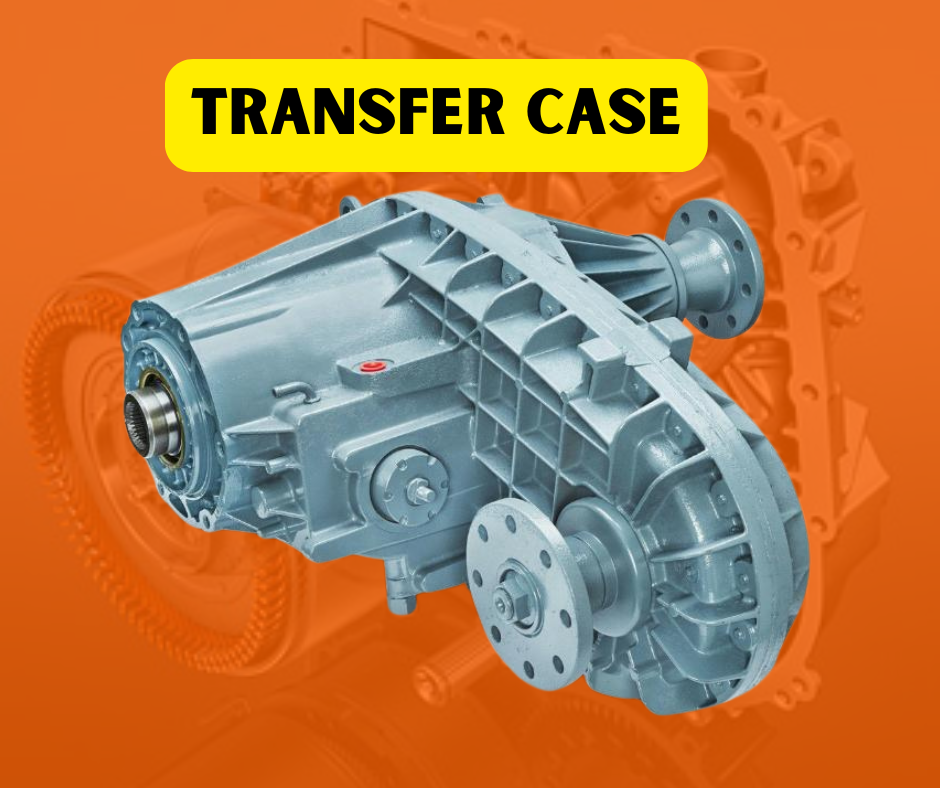The Essential Functions of a Transfer Case in Your Vehicle

Discover how the unsung hero of your four-wheel-drive system, the transfer case, plays a pivotal role in vehicle performance and safety.
Understanding the Role of a Transfer Case in Four-Wheel Drive Systems
The transfer case is a crucial component in four-wheel-drive (4WD) and all-wheel-drive (AWD) vehicles. It is responsible for distributing power from the transmission to both the front and rear axles, allowing for improved traction and stability. This distribution of power is essential for off-road driving and in conditions where extra traction is required, such as in snow or mud.
In addition to power distribution, the transfer case also offers different driving modes, such as 2WD and 4WD, which the driver can select based on the driving conditions. By understanding and utilizing these modes, drivers can optimize their vehicle's performance and fuel efficiency.
How Transfer Cases Enhance Vehicle Mobility and Traction
Transfer cases play a significant role in enhancing a vehicle's mobility and traction. By transferring power to all four wheels, they ensure that the vehicle maintains better grip and control, particularly in challenging terrains. This is especially beneficial for vehicles used in off-road adventures or in regions with harsh weather conditions.
Moreover, advanced transfer cases are equipped with torque vectoring capabilities, which allow for the distribution of torque to individual wheels based on the traction required. This not only improves the vehicle's handling but also ensures that it can navigate through difficult terrains with ease.
The Impact of Transfer Cases on Fuel Efficiency and Vehicle Dynamics
While transfer cases significantly enhance traction and control, they can also influence fuel efficiency. Engaging 4WD mode typically requires more power, which can lead to increased fuel consumption. However, modern transfer cases are designed to be more efficient, allowing for seamless transitions between 2WD and 4WD modes to optimize fuel usage.
In terms of vehicle dynamics, transfer cases contribute to a balanced distribution of weight and power, which can improve stability and handling. This is particularly noticeable in high-performance vehicles where precise control over power distribution is crucial for optimal performance.
Common Issues and Maintenance Tips for Transfer Cases
Like any mechanical component, transfer cases can encounter issues over time. Common problems include fluid leaks, worn-out gears, and issues with the drive chain. Regular maintenance, such as checking and replacing the transfer case fluid, can help prevent these issues and extend the life of the component.
To maintain the transfer case in good working condition, it's essential to follow the manufacturer's recommended maintenance schedule. This includes regular inspections, timely fluid changes, and addressing any signs of wear and tear promptly. By doing so, you can ensure that your transfer case continues to perform efficiently and reliably.
Future Innovations and Trends in Transfer Case Technology
The automotive industry is continually evolving, and transfer case technology is no exception. Future innovations are likely to focus on improving efficiency, reliability, and integration with advanced vehicle systems. For instance, electronic transfer cases that allow for real-time adjustments and seamless transitions between driving modes are becoming increasingly popular.
Another trend is the development of lightweight and more compact transfer cases that can fit into a wider range of vehicles without compromising performance. Additionally, the integration of smart technologies and sensors can provide more precise control over power distribution, further enhancing vehicle dynamics and safety.

 Loading..
Loading..